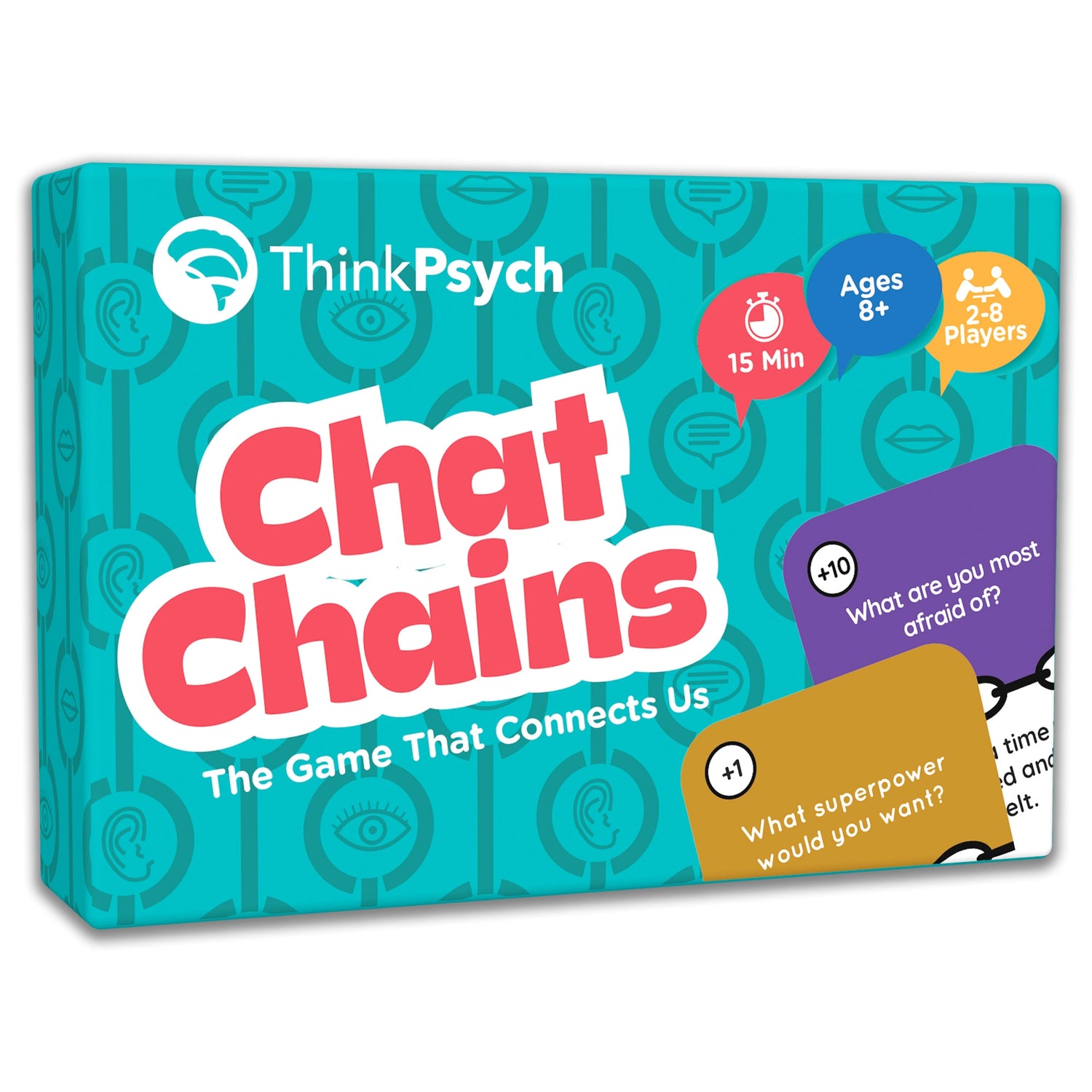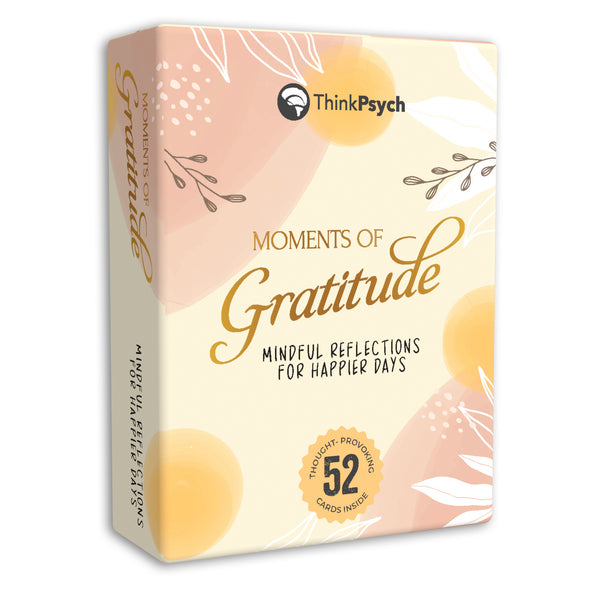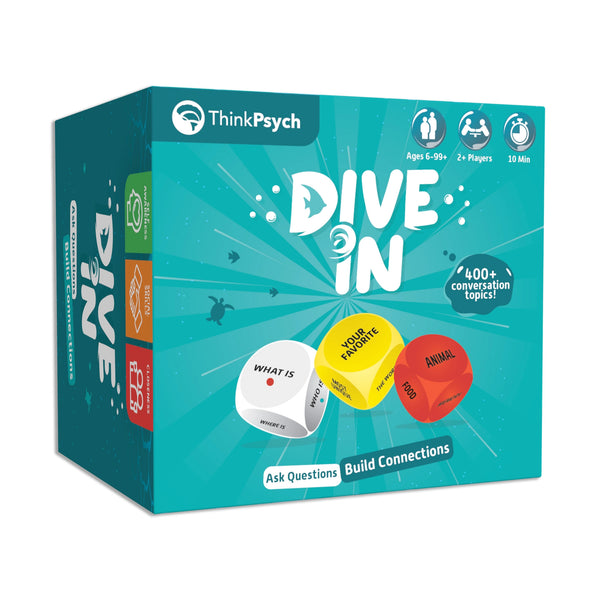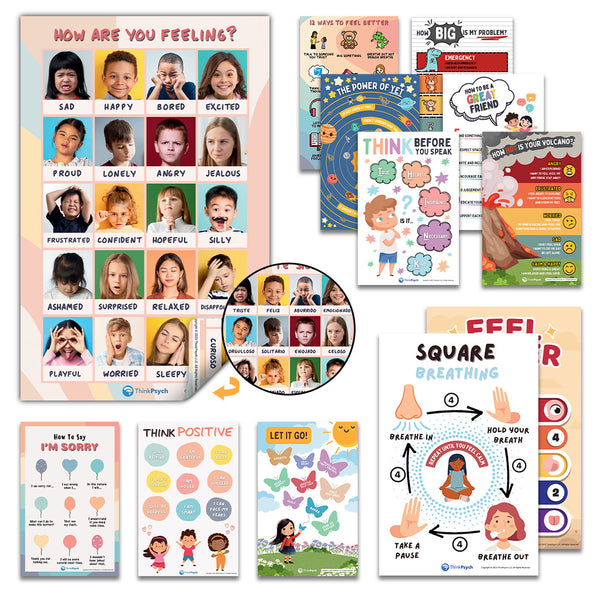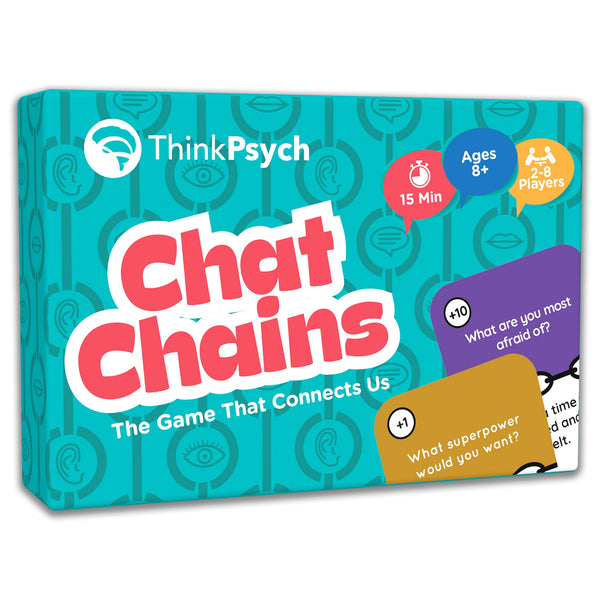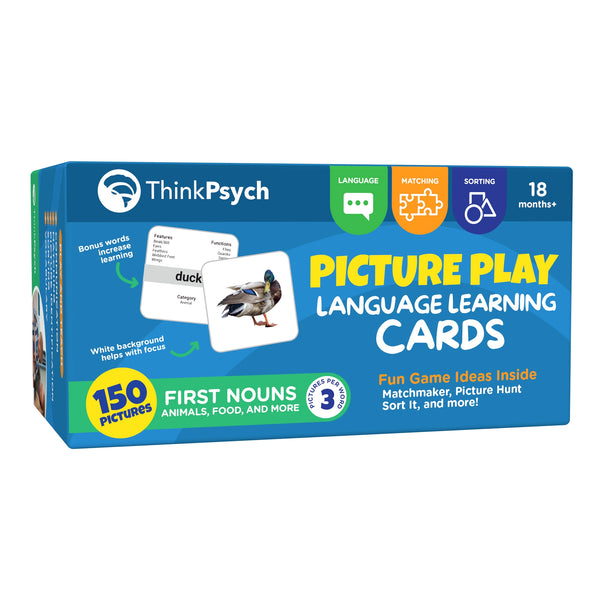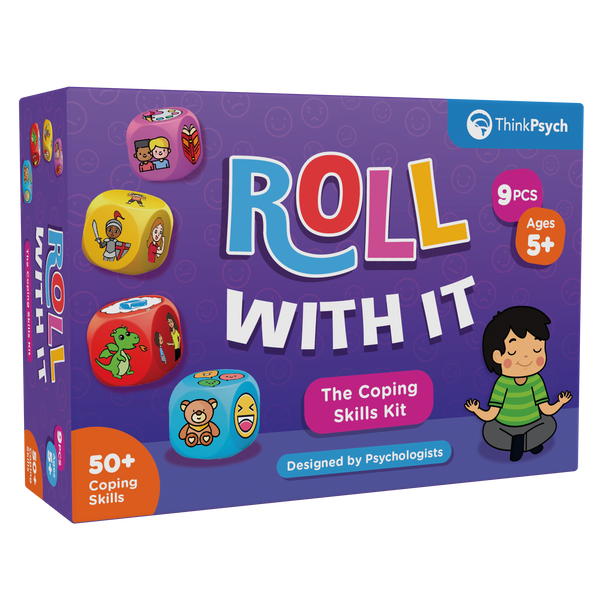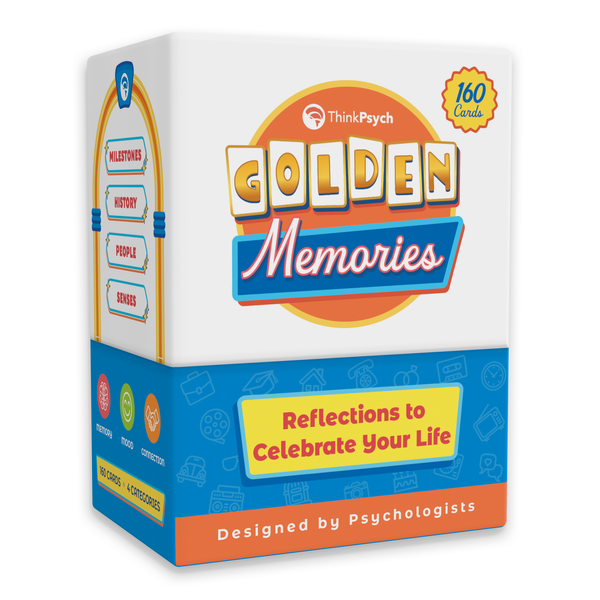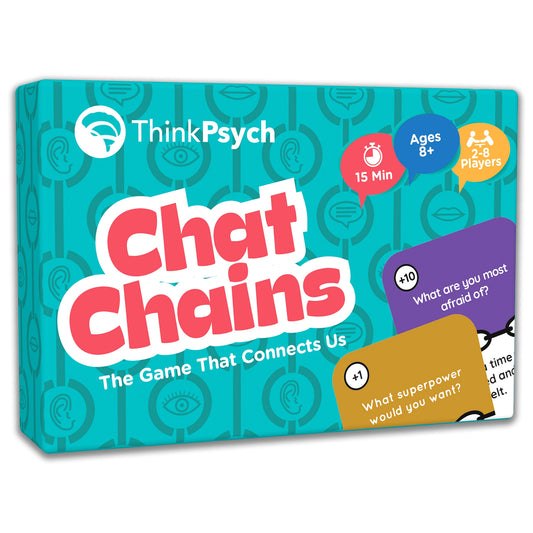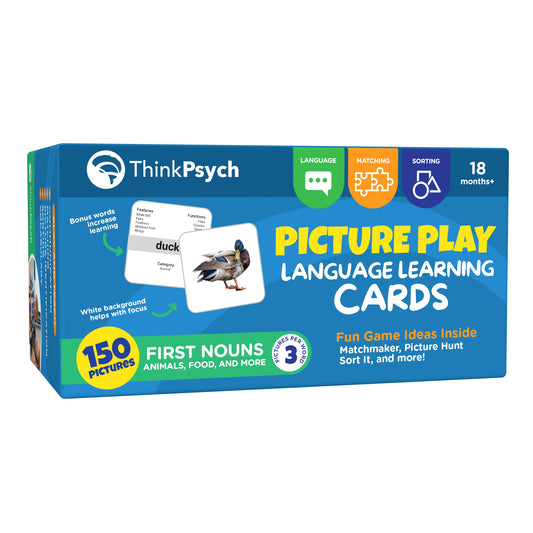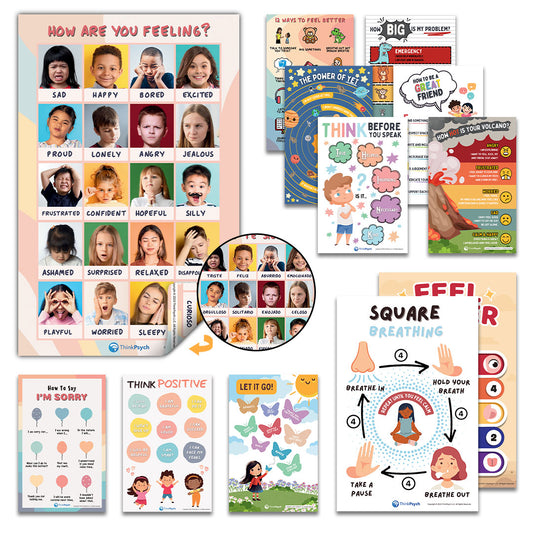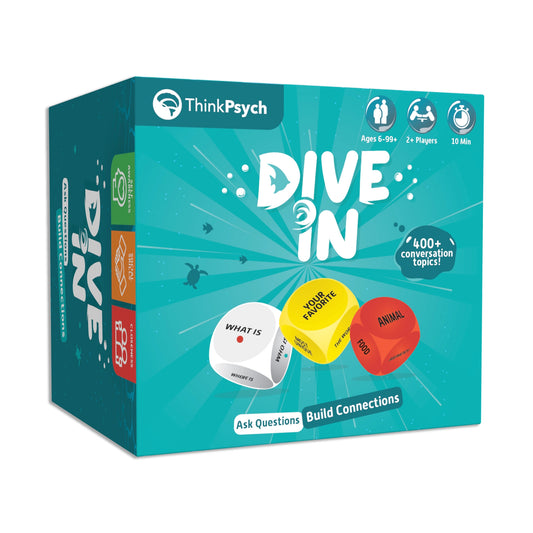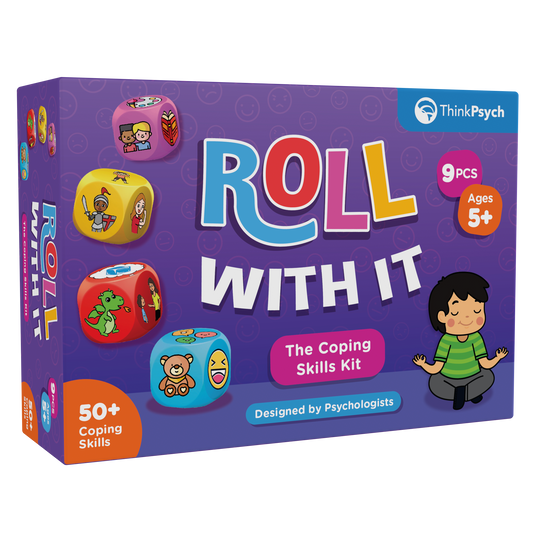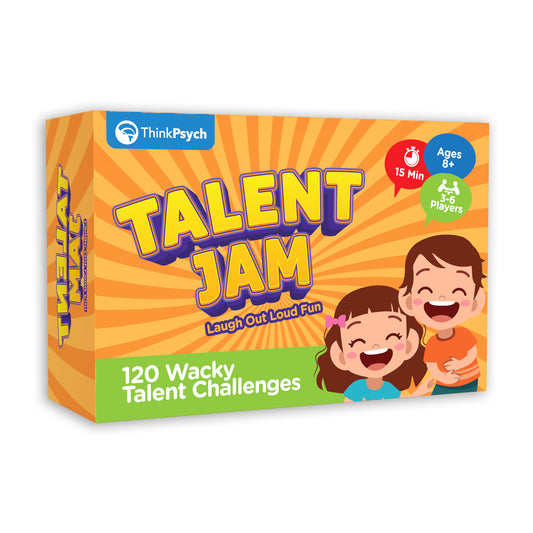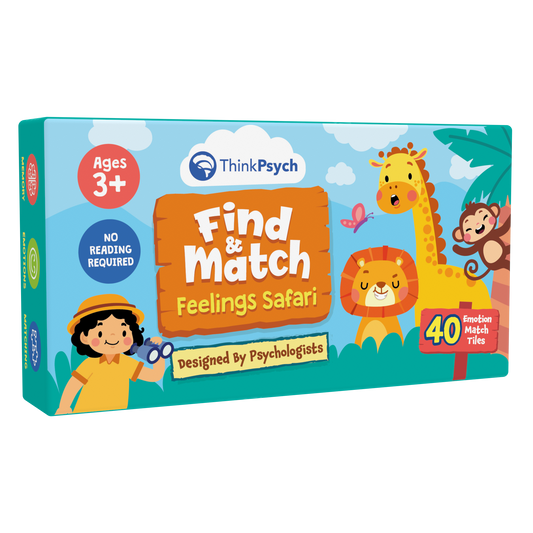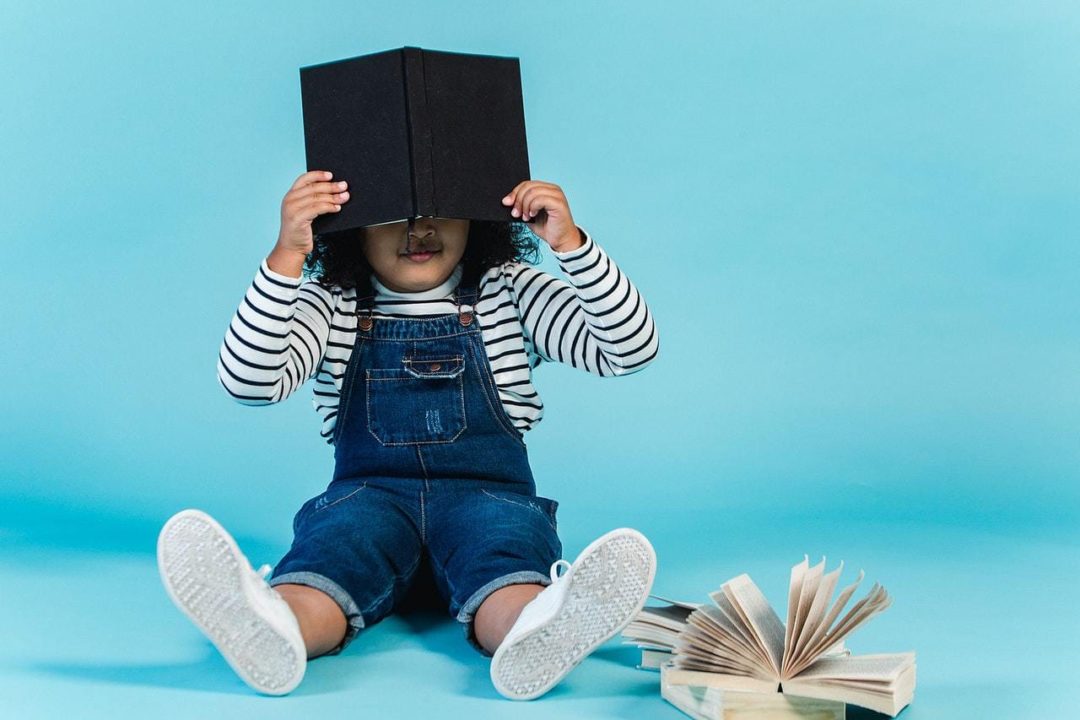
An Overview of Kid Learning Styles to Try Out
Share
Knowing how your kid learns best can be helpful for tackling difficult material and exposing them to new ways of acquiring skills.
The four most popular learning styles include visual, auditory, verbal and kinesthetic, though most kids will make use of a combination of styles. In fact, experts in childhood education recommend “going wide” and using multiple learning styles in order to spark every kid’s diverse aptitudes.
Let’s go through these four kid learning styles, as well as tips for determining your child’s natural style and building your kid’s toolkit of learning methods.
Understanding Kid Learning Styles
Visual Learners
Visual learners process information best through visuals or demonstrations. They tend to think in pictures and understand new concepts through observation. It’s common for these learners to “picture” details in their heads in order to remember them.
Clues your kid is a visual learner:
- Enjoys art, illustrations, pictures, graphs and maps.
- Easily remembers faces and place details.
- Likes to see, then do.
Tips to strengthen visual learning:
- Doodle or draw instead of taking notes.
- Make mind maps or diagrams to study.
- Create study flashcards to review material.
- Make use of different colors for different ideas.
Auditory Learners
Auditory learners pick up new concepts through listening. It’s typical for these learners to easily follow verbal directions and enjoy talking through ideas and next steps.
Clues your kid is an auditory learner:
- Likes music and often sings, hums or whistles.
- Listens to full verbal instructions before starting on a task.
- Asks questions while working.
Tips to strengthen auditory learning:
- Read study notes out loud.
- Talk through concepts that are difficult.
- Make up rhymes or song memory aids.
Verbal Learners
Verbal learners are fans of words, especially reading and writing. They can easily process new information by taking notes or reading through directions or descriptions.
Clues your kid is a verbal learner:
- Likes to take notes during class.
- Enjoys reading books and writing stories.
- Finds it easy to remember what he/she read.
Tips to strengthen verbal learning:
- Handwrite notes during class.
- Recopy concepts to remember them.
- Make checklists and study guides.
- Use acronyms or phrases as mnemonic devices.
Kinesthetic Learners
Kinesthetic learners tend to explore the world through action. They enjoy hands-on learning that involves physical sensations or demonstrations. These learners are often labeled “fidgety” because they like to move while learning (including swinging legs, standing up, tapping pencil, etc.)
Clues your kid is a kinesthetic learner:
- Has a hard time sitting still.
- Enjoys jumping right into a task.
- Is excited by hands-on activities such as interactive museums.
Tips to strengthen kinesthetic learning:
- Get a bouncing ball to practice spelling or memorization.
- Use motions (such as finger counting) to remember information.
- Try study games to learn material.
- Create practice tests for a more active approach.
Shop ThinkPsych Products
Determining Your Child’s Natural Learning Style
Your child may naturally tend towards a learning style, or use more than one regularly. Having learning style awareness be great for:
- Learning difficult material using his/her preferred style
- Identifying talents to develop in the future
To determine your kid’s learning style, first observe him/her at home. Use the descriptions above to see which fits your kid. Ask your teacher for input as well!
You can also try a variety of kid learning styles while helping with homework. Switch up the style and see which your kid most enjoys. You can even ask your kid what he/she thinks or have him/her take a kid learning style survey like this one.
Building Your Child’s Toolkit of Learning Styles
It’s important to expand your child’s learning style horizons as well. Trying new ways of learning can be helpful for:
- Getting new experiences
- Diversifying abilities
- Connecting with other kids during activities
For these reasons, you should also be sure to use a variety of kid learning styles in activities at home and school.
Support Your Child’s Learning
Kid learning styles are just the start of education. As you support your child’s education, consider all areas of learning, including social and emotional intelligence. You can start by boosting your kid’s emotional intelligence through social activities and games such as Chat Chains.
References:
1. The Center for Parenting Education, Working With Learning Styles, https://centerforparentingeducation.org
2. AbilityPath.org, Children’s Learning Styles, https://abilitypath.org
3. Whitby School, Auditory, Visual & Kinesthetic: Helping Kids Succeed Through Different Learning Styles, https://www.whitbyschool.org
4. Love to Know, Kid Learning Style Survey, https://cf.ltkcdn.net
